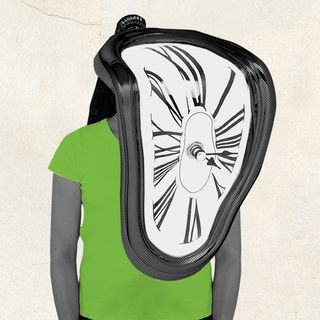The cassowary — touted as the “world’s most dangerous bird” due to its long, dagger-like toe — was the earliest bird reared by humans, according to a new study.
“The cassowary is rightfully considered the most dangerous bird in the world! Each 3-toed foot has a dagger-like claw on the inner toe up to 4 inches (10 centimeters) long! According to the San Diego Zoo in California, the cassowary can slice open any predator or potential threat with a single swift kick.”
Published in Proceedings of the National Academy of Sciences, however, the new study found that 18,000 years ago, humans in New Guinea had somehow figured a way to raise the flightless birds into adulthood after collecting eggs belonging to the species near maturity.
Besides their physical ability to kill humans, what makes cassowaries an even more absurd choice for domestication is that, reportedly, they’re highly territorial and aggressive by nature, too. “This is not some small fowl; it is a huge, ornery, flightless bird that can eviscerate you,” Kristina Douglass, an anthropologist at the National Museum of Natural History in Washington in the U.S., who led the study, noted.
It’s not just their “potential” to kill that has the researchers baffled — a cassowary did kill an individual in Florida just in 2019. And it’s not the first time a cassowary has killed an individual.
Related on The Swaddle
To Save the Great Indian Bustard, Remove Overhead Power Cables, SC Says
At present, the Florida Fish and Wildlife Conservation Commission classifies the bird as “Class II wildlife,” which is the same category as wolves, jackals, alligators, and clouded leopards in terms of the risk they pose to human beings.
How did humans even manage to start raising the birds then? The answer may lie in the fact that “cassowary chicks imprint readily to humans,” as the researchers note. This means that a newly hatched bird assumes the first creature it lays its eyes upon is its mother — if this creature happens to be a human, the baby bird will follow them around.
Interestingly, as Douglas notes, “this behavior [of domesticating cassowaries] that we are seeing is coming thousands of years before [the] domestication of the chicken.” The researchers carbon-dated the fossilized eggshells they used for the study and found them around 18,000 to 6,000 years old. On the other hand, scientists believe that humans began domesticating chickens no earlier than 9,500 years ago.
How this continued to be a practice, despite the risk cassowaries can pose to human life, scientists aren’t sure yet. But the tradition has nonetheless continued. “In the highlands today, people raise cassowary chicks to adulthood, to collect feathers, and consume or trade the birds,” notes Douglas. “It is possible cassowaries were also highly valued in the past since they are among the largest vertebrate animals on New Guinea.”
In the meantime, this study taught us that chickens weren’t the first birds domesticated by our ancestors. They were adventurous enough to try that with the “world’s most dangerous bird.”




